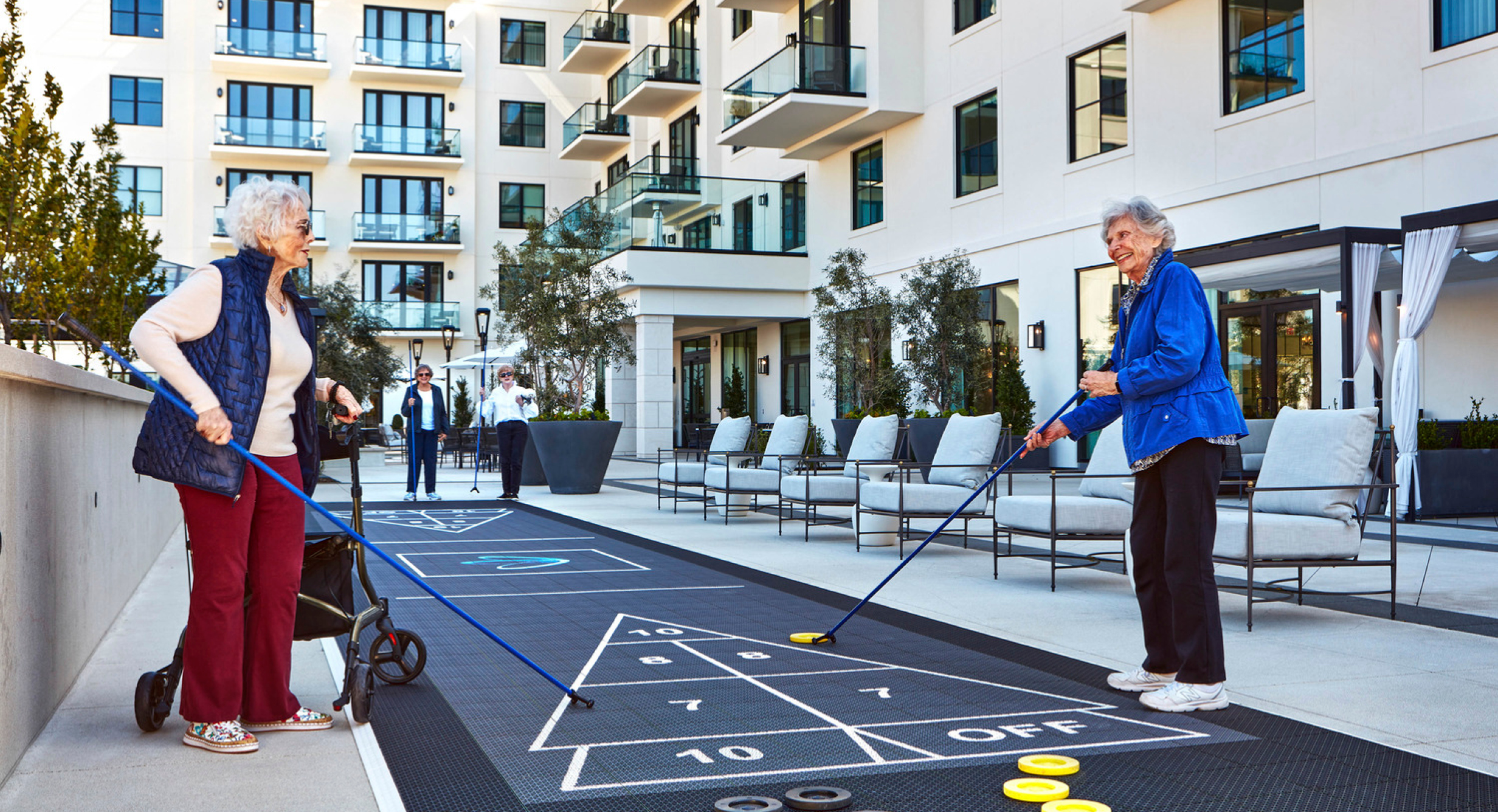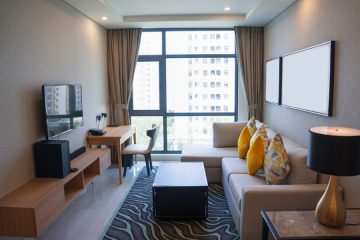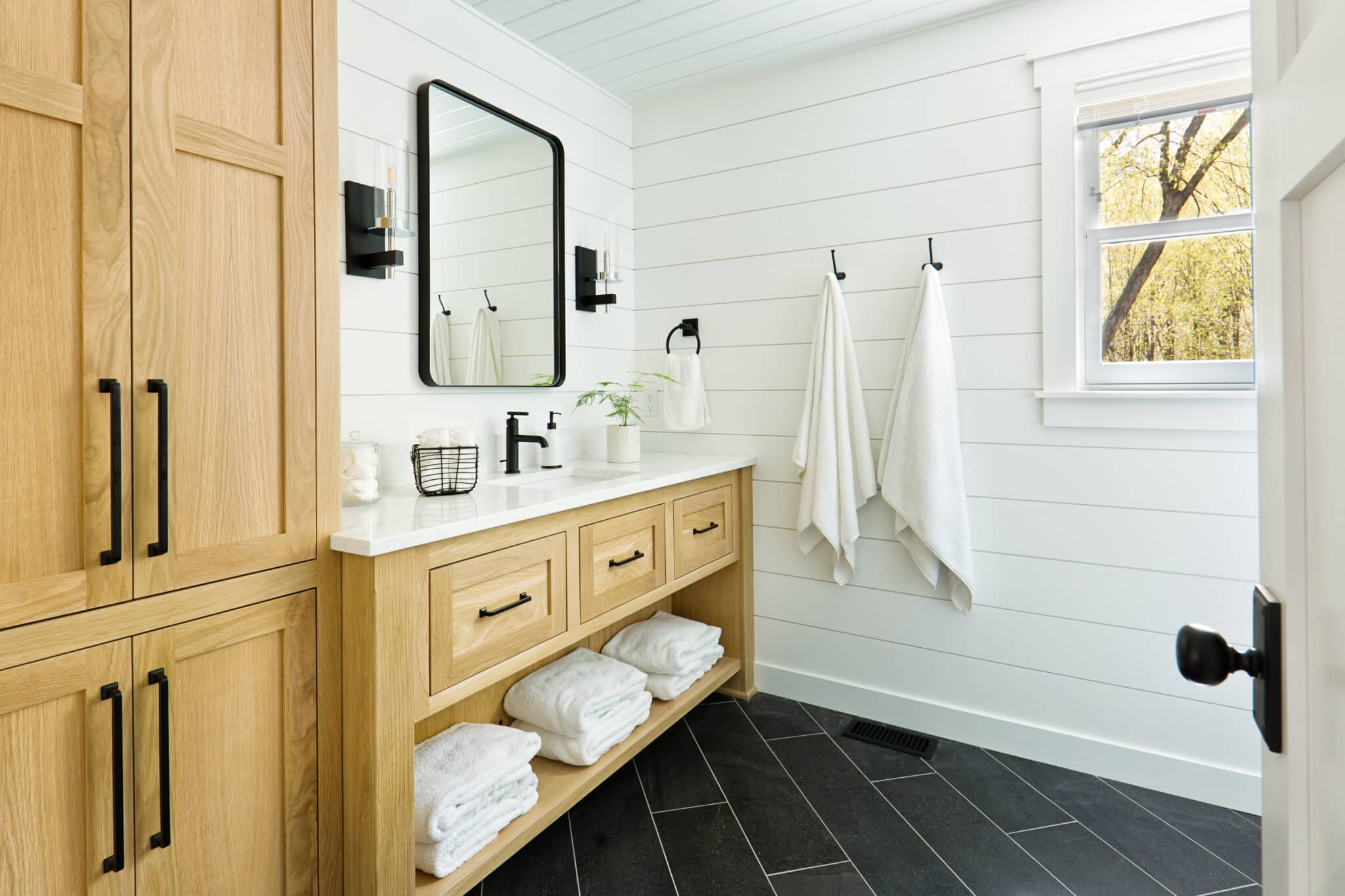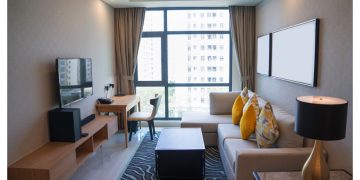Which condo features best support ageing in place?

Choosing a condominium accommodating changing mobility and health needs allows older adults to maintain independence longer while avoiding costly moves. Many seniors prefer to age in their homes rather than relocate to assisted living facilities. Property managers like skyeatholland recognise this growing trend and often help potential buyers identify age-friendly features when searching for suitable condominium options.
Accessibility essentials
Single-level floor plans eliminate the need for navigating stairs, making daily movement safer and more convenient as mobility changes. Without internal steps or level changes, residents can move freely throughout their living space regardless of future mobility aid requirements. Wider doorways accommodate wheelchairs and walkers without modification. Standard doorways typically measure 24-30 inches, but 36-inch openings allow easy navigation with mobility devices. This feature proves invaluable when temporary or permanent mobility assistance becomes necessary. Lever-style door handles require less grip strength than traditional knobs, making them ideal for those with arthritis or hand weakness. Similarly, rocker-style light switches can be operated with minimal dexterity, enhancing independence throughout the home.
- Zero-threshold entrances eliminate tripping hazards
- Slip-resistant flooring reduces fall risks
- Adequate turning space in rooms (5-foot diameter minimum)
- Accessible electrical outlets (18-24 inches from the floor)
- Motion-sensor lighting for nighttime navigation
Bathroom safety
Walk-in showers with minimal or no threshold provide safer entry and exit than traditional tubs. Combining these with built-in seating and grab bars creates a bathing environment that adapts to changing mobility needs without expensive renovations. Wall-mounted sinks allow wheelchair access while providing stability for standing users. These fixtures leave space underneath for a seated approach while supporting those who prefer to stand.
- Comfort-height toilets reduce strain when sitting and standing
- Anti-scald devices prevent temperature-related injuries
- Non-slip surfaces minimise fall risks in wet areas
- Reinforced walls support future grab bar installation
- Emergency call systems provide additional security
Kitchen adaptability
Varied counter heights accommodate both standing and seated food preparation. Combining standard 36-inch counters with 30-inch sections creates versatile workspaces that remain functional regardless of whether residents stand or use a mobility device. Pull-out shelving eliminates the need to reach deep into cabinets, reducing strain and preventing loss of balance. These accessible storage solutions make kitchen items readily available without awkward bending or stretching motions that become increasingly difficult with age. Side-opening ovens provide safer access than traditional bottom-hinged models. This design eliminates the need to lean over a hot door and creates a more accessible cooking environment for wheelchairs or other mobility aids.
Smart integrations
Voice-controlled systems allow the lighting, temperature, and entertainment operations without physical interaction. These technologies prove particularly valuable for residents with limited mobility or dexterity, enhancing independence and comfort. Remote monitoring capabilities provide peace of mind for both residents and family members. Modern systems can detect unusual patterns and alert caregivers about potential concerns without intrusive surveillance.
Building features
Elevator access remains essential for condominium living as residents age. Buildings with multiple elevators provide redundancy during maintenance periods, ensuring residents can always reach their homes safely. Covered parking protects residents from weather elements during vehicle transfers. This feature becomes increasingly important as sensitivity to temperature extremes and precipitation increases with age. Common area accommodations reflect a community’s commitment to accessibility. Handrails in hallways, ample seating in lobbies, and accessible amenities demonstrate awareness of diverse mobility needs among residents.
Package delivery services eliminate the need to transport heavy items from building entrances. Many modern condominiums offer secure package rooms or direct delivery options that simplify receiving necessities as carrying capacity diminishes.














